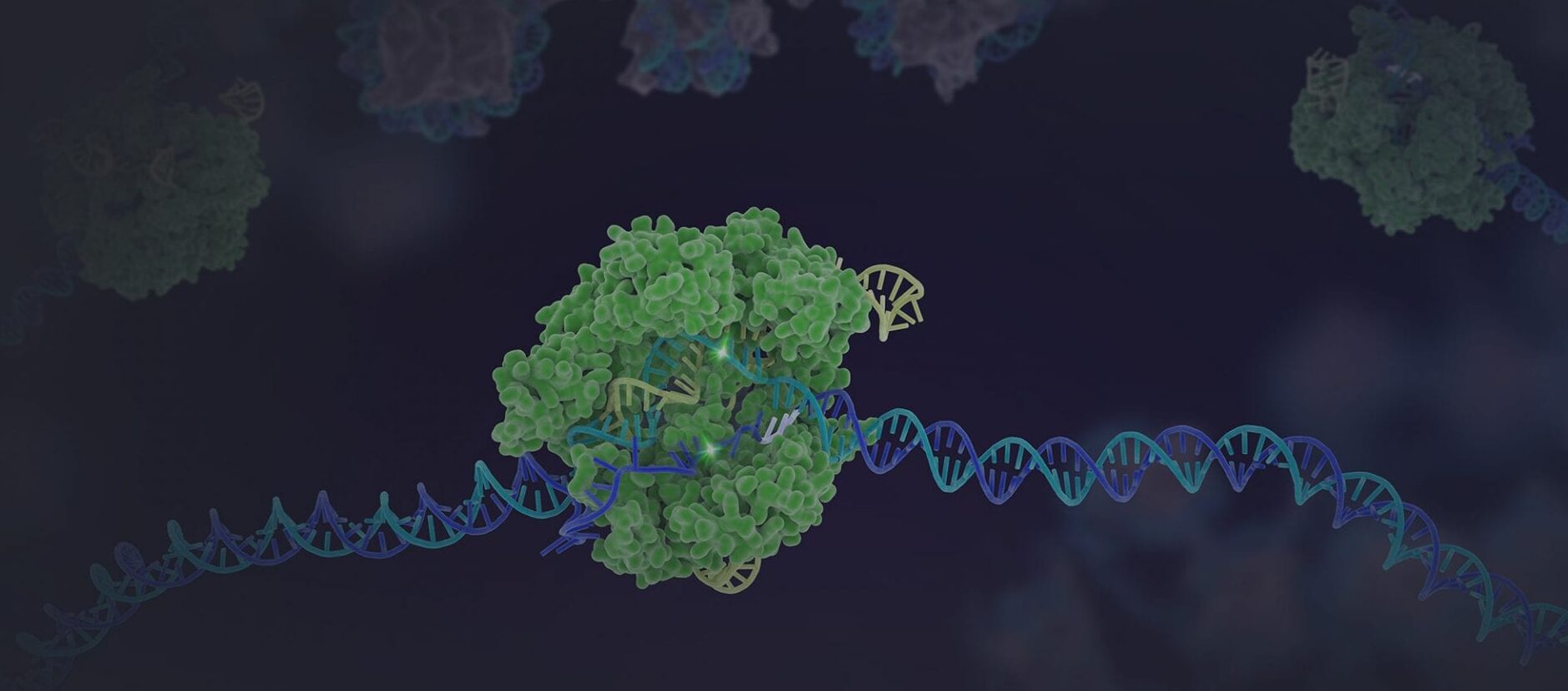This service will resume at a later date in the future. For further questions/details, please contact Shana McDevitt.
Our iTag protocol starts with extracted gDNA from your organism and ends with individually tagged, dual indexed samples multiplexed on an Illumina MiSeq 300PE v3 sequencing. We employ a two-step PCR process which allows for flexibility in the locus/loci you need sequenced, indexing strategy, and also adds adequate base phasing to your amplicons, eliminating the need for any PhiX spike-in.
Our most common loci for iTag library prep are the 16S v4 hypervariable region for bacteria (515f forward primer, 806r reverse primer) and the 18S ITS1 for fungi (ITS1f forward primer, ITS2 reverse primer). However with some additional planning and optimization included, we can theoretically amplify and sequence any locus of interest for your project. You just supply the primer sequences and pay for the synthesis.
Samples can be accepted for Library Prep Only or for Full Service. Library Prep Only submissions will be required to pay for their own private MiSeq run (and are charged half of a full service prep); Full Service submissions will run on MiSeq 300bp paired-end run when 192 samples/loci have been processed through library prep by the facility, from your project and others. See indexing notes below if pooling with other projects scares you.
gDNA extractions from soil, fecal matter, and other tissues/substances are also available on a project specific basis after the proper permitting has been secured.
Our process is (briefly) as follows:
PCR1 amplifies your locus/loci of choice and adds stub sequences to either end of your amplicons, which will serve as priming sites for the second PCR reaction. Every project is customizable but typically this reaction gets 24 amplification cycles. Most users want a single PCR reaction to represent each sample, we can run duplicate or triplicate PCRs for each sample upon request (incurs extra fees)*. We check for positive, region-specific amplification by gel electrophoresis.
PCR2 primes off the stubs and adds indices/barcodes to either side of your molecule, as well as phasing to reduce the overall need for PhiX in your sequencing run. It is typically 4-8 cycles, always trying to avoid more than 28 cycles of total PCR from PCR1 and 2. A dual unique indexing strategy will always been employed to reduce the occurrence of data bleed within samples, a 0% barcode bleed is expected because of our indexing design. Positive amplification for PCR2 is checked for sizing and concentration on an AATI Fragment Analyzer and your samples are pooled equimolar (or not, if uneven pooling is requested). We then perform a SPRI clean on your pool(s) and quantify the final pool(s) with qPCR before running on the sequencer.
We request at least 20ul of 10ng/ul extracted gDNA for each sample. We can work with less, but please be aware that submitting low concentrated samples decreases your chances of the PCR working the first time around, and all additional time/effort spent on getting your samples to amplify can incur extra fees. We require that samples be quantified with a Qubit or Picogreen assay prior to submission. With your submission please include a spreadsheet with sample names and concentrations. We strongly encourage you to normalize your DNA prior to submission, though it is not required. Submissions in tubes and without concentration information will incur additional charges. PCR fees will also be charged for any samples that repeatedly fail initial PCR, in lieu of paying the total prep costs. ($10 per PCR reaction at UC rate)
*The benefits of PCR replication is a longstanding and contested debate. It can matter more or less for certain applications, but for a useful analysis on its merits you may consider this publication: http://journals.plos.org/plosone/article?id=10.1371/journal.pone.0090234
